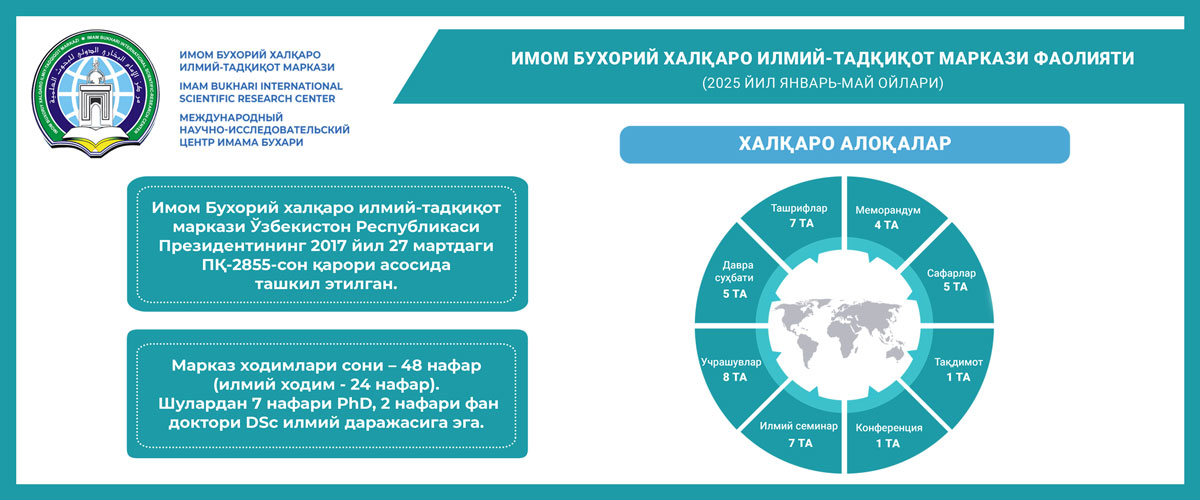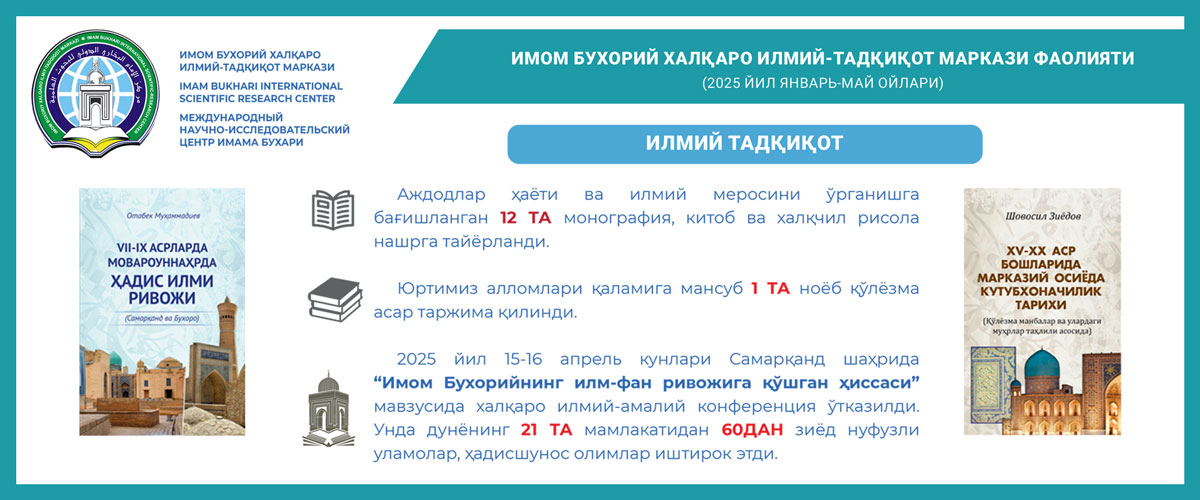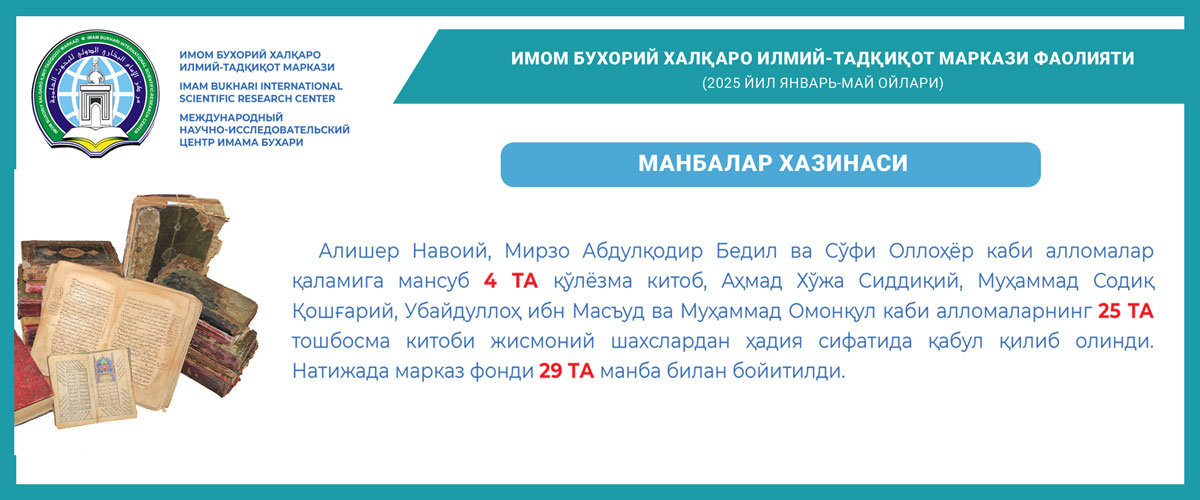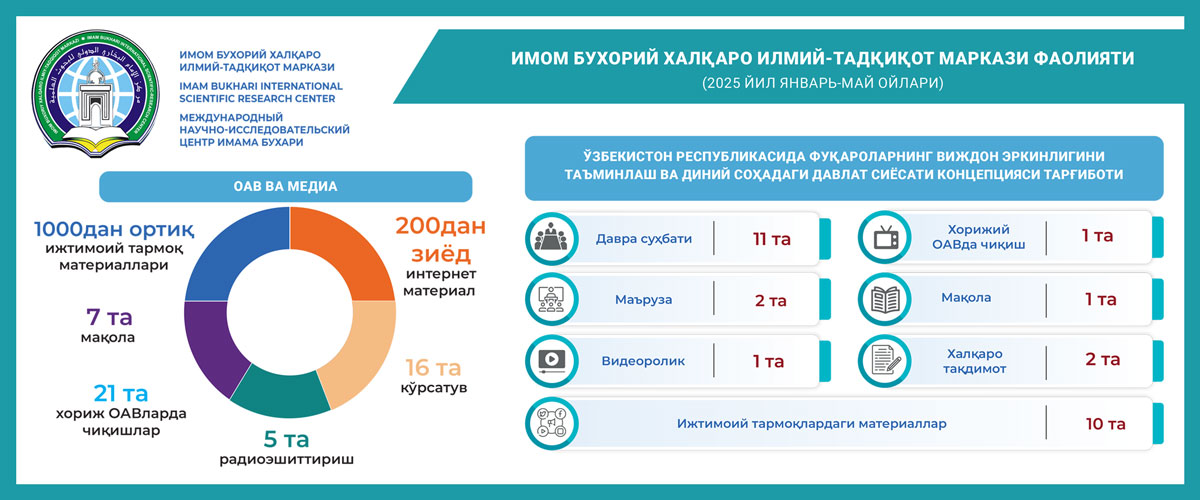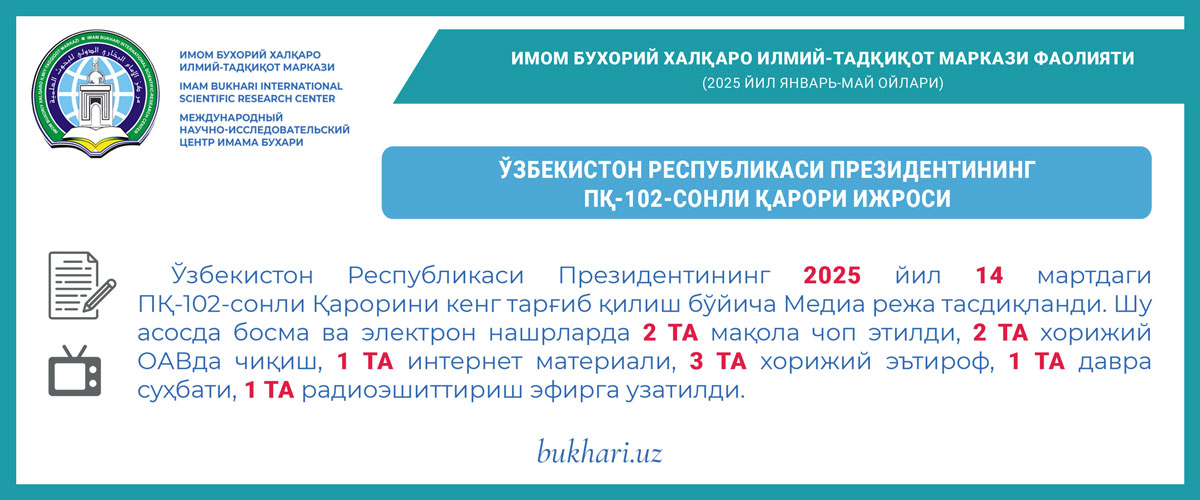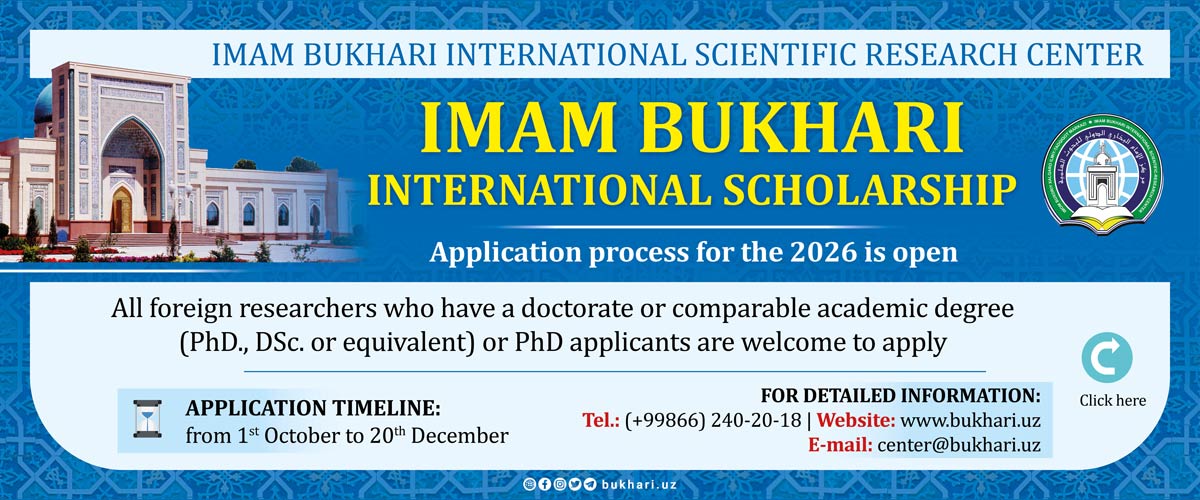Very little information about the great scholar and famous lawyer of his time Alauddin as-Samarqandi (died in 539/1144-45) has reached us. He was a well-known expert in different branches of the Islamic sciences as aqaid, tafsir, usul al-fiqh, furu al-fiqh and kalam. The historical sources we have at our disposal do not give us any satisfactory material about his life, his creative activities and his position in the society during the reign of the Karakhanid dynasty in Maveraunnahr. We have found some short information about his biography, his scientific career and appreciations devoted to his personality.
The first information about Alauddin as-Samarqandi was presented by his student Alauddin al-Kasani (died in 1191) in the preface of his book “Badai” and by his another student as-Sam’ani (died in 1167) in his book “Kitab al-ansab”.
Besides those authors, some other historical sources written in the framework of the Hanafian order also contain very short information about our hero Alauddin as-Samarqandi. Moreover, these sources often borrow information from each other and often repeat the same information. The list of the authors who left some necessary information about Alauddin as-Samarqandi may contain the following names:
- Ibn Abul Vafo (died in 775/1373);
- Ibn Qutlubugha (died in 879/1474);
- Tashkuprizada (died in 968/1560);
- Al-Kafavi (died in 990/1582);
- Hajji Khalifa (died in 1067/1657);
- Muhammad Abd al-Hayy al-Laknavi (died in 1304/1886).
Having studied these sources, we could not find any reliable information about Alauddin as-Samarqandi’s date of birth. The information about his date of death also differs from each other. For instance, a German researcher Karl Brokkelman presents two dates about his date of death: 538/1143-44 and 540/1145-46. Hajji Khalifa shows this date to be 553/1158. Relying on the information presented by his student as-Sam’ani, a historian Ibn al-Barr mentions the date to be 539/1144-45 in his book “Jami bayan…”. According to the historical sources, Alauddin as-Samarqandi died in Bukhara. In the course of studies of his life and scientific activities, we have found that Alauddin as-Samarqandi moved from Samarkand to Bukhara but we could not find the reasons for it and this question remains unclear for the researchers.
According to the results of the investigation carried by the professor of Oxford University V. Madelung, Alauddin as-Samarqandi visited the city of Onadoli, Turkey and sometime later his wife joined him and they lived there for a short period of time. Then he moved to Halab, where he met the ruler and scholar Nuriddin Zangi. Then he came back to Bukhara and delivered lectures in educational centres for some time and died there. The English researcher V. Madelung provides an interesting fact that “The Kings of al-Rum asked the scholar that his daughter Fatima, also a scholar and a lawyer, be married to one of the representatives of the ruling dynasty. But the scholar preferred his own student and follower Alauddin al-Kasani and gave his daughter to him to marry”.
With this limited sources we can conclude that the environment in which the scholar was bom and grew up has not been widely studied and described. Though his scientific heritage is very famous in the world of science, his biography has not been studied well enough.
Alauddin as-Samarqandi’s teachers
Alauddin as-Samarqandi is known to have made a worthy contribution to the development of the Hanafian law in Maveraunnahr. It is natural that his teachers and masters were famous and estimated lawyers of the Hanafian order who were closely connected with the personality of Abu Hanifa (died in 767) in three ties.
According to the information provided by the reliable historical sources, Alauddin as-Samarqandi primarily was taught by his two estimated teachers: Abu-l-Yusr al-Pazdavi (died in 493/1099), who worked as a “Qazi al-Quzzat” (the principle judge) in Samarkand and the second one, a leading expert in the Maturidia teachings Abu-l-Muin an-Nasafi al-Makhuli (died in 508/1114).
Alauddin as-Samarqandi is connected with Imam Abu Hanifa on the side of Abu-l-Yusr Pazdavi through Sulayman al-Juzjani (died in 200/815) and on the side of Abu-l-Muin an-Nasafi he is related to Imam Abu Hanifa through Abu Bakr al-Juzjani and through him, he is connected to Abu Sulayman al-Juzjani (see the table on page 269). According to the table, the ties of connection go through the lawyer of Balkh Abu Sulayman al-Juzjani and his follower from Samarkand Abu Bakr al-Juzjani. The system of relations of the scholars as given in the table shows that most of the scholars were from Balkh and the teachings of the Hanafian order were spread in Maveraunnahr (mainly in Samarkand) through the works of scholars who were originally from Balkh. As a proof of this opinion, we may say that the influence of the anti-Hanafian trends in religion was rather strong in Khorasan and Khoresm. The fact that Alauddin as-Samarqandi often mentioned the names of his j teachers and masters (for instance, in matters of “Tuhfa”, “Tavilat”, “Mizan”) in his works shows that he was very closely devoted to them not only in terms of their penname but also in terms of their style of writing scientific works.
 Imom Buxoriy xalqaro ilmiy-tadqiqot markazi bukhari.uz
Imom Buxoriy xalqaro ilmiy-tadqiqot markazi bukhari.uz
